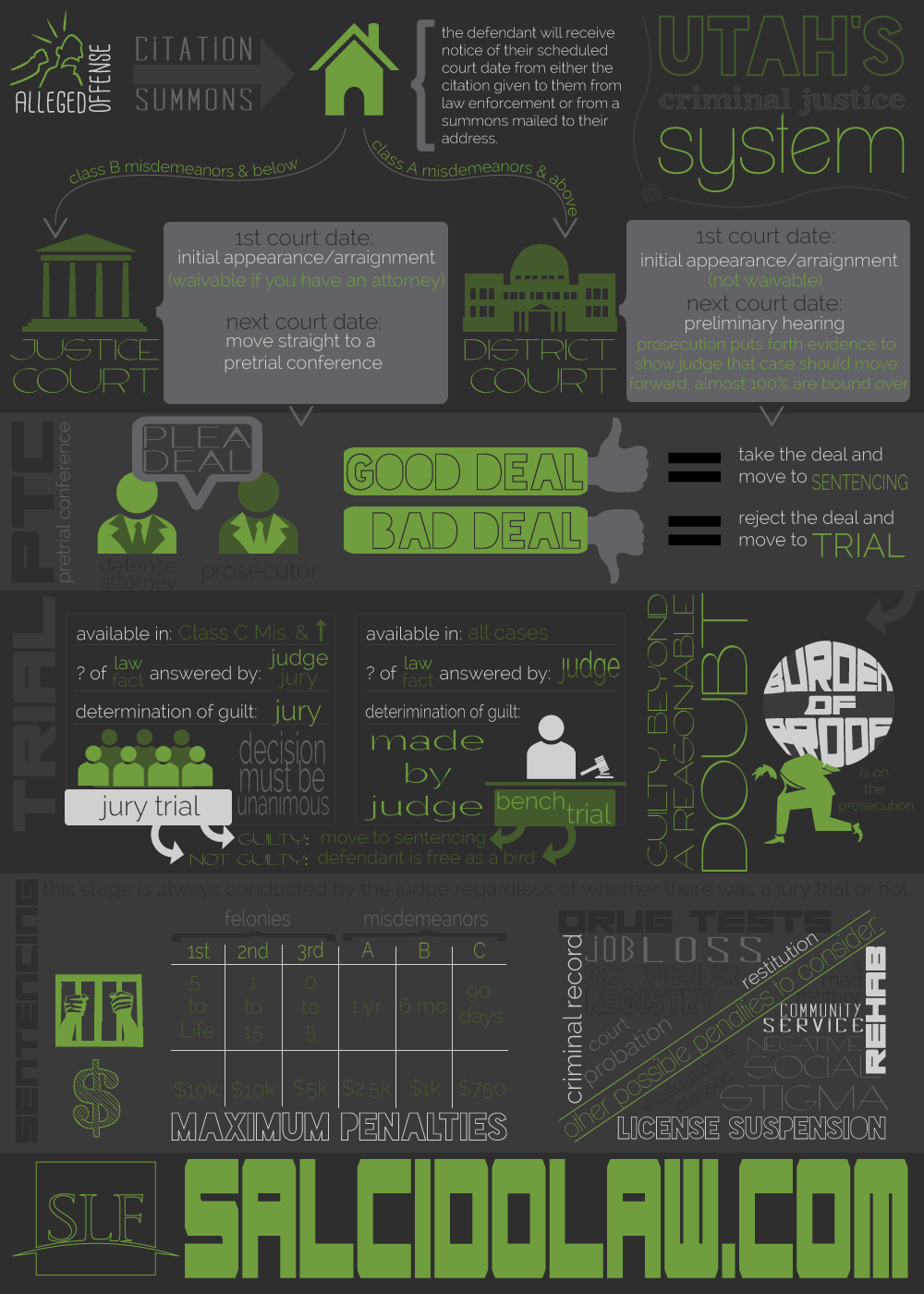Recognizing The Criminal Test: A Comprehensive Step-By-Step Failure
Recognizing The Criminal Test: A Comprehensive Step-By-Step Failure
Blog Article
Write-Up By-Butcher Thompson
When you enter a criminal test, you may be shocked by the organized process that unravels. It all starts with jury choice, where prospective jurors are looked at for biases through an approach called "voir dire." Afterwards, both sides provide their opening declarations, setting the stage for the evidence and testaments to adhere to. You'll see how the prosecution and defense build their situations, but what occurs next can dramatically influence the result. Recognizing these phases can disclose the intricacies of justice, however there's more to reveal regarding the defining moments that adhere to.
Jury Selection Refine
When it pertains to the jury selection procedure, you're diving into an essential phase of a criminal test. This process, often called "voir dire," involves wondering about prospective jurors to ensure they're unbiased and capable of supplying a reasonable judgment.
You'll see both the prosecution and defense lawyer participating proactively, each intending to choose jurors who line up with their instance's story.
Throughout voir dire, you'll discover that lawyers ask inquiries regarding jurors' histories, beliefs, and experiences. Their goal is to identify any kind of pre-existing predispositions that can influence a juror's choice. As Get More , you could really feel a mix of anxiety and interest, but your sincerity is important.
After examining, attorneys can test certain jurors for reason if they believe a juror can not continue to be unbiased. They can additionally use a minimal number of peremptory difficulties to reject jurors without specifying a factor.
Test Phases Explained
The phases of a criminal trial play a crucial duty in guaranteeing a fair and structured process.
You'll first experience the opening statements, where both the prosecution and defense outline their instances. This sets the stage for what's to find.
Next, the prosecution presents its proof and witnesses, intending to show the offender's guilt beyond an affordable question. You'll see straight evaluation followed by interrogation, permitting both sides to challenge the here and now details.
After the prosecution rests its situation, it's the protection's turn. They'll present their proof and witnesses, usually focusing on producing reasonable question. You'll see that the defense doesn't have to confirm virtue; they just need to test the prosecution's case.
Once both sides have actually provided their debates, you'll hear closing declarations, where each celebration summarizes their situation. This is important as it reinforces their settings before the court deliberates.
Throughout these stages, the court guarantees that the test abides by legal standards which the civil liberties of both parties are protected.
Comprehending these stages will assist you appreciate the complexities associated with a criminal trial and the value of each action in the search of justice.
Judgment and Sentencing
After all proof has been presented and arguments made, the jury or court delivers a verdict, figuring out the offender's sense of guilt or innocence. If you're part of the jury, you'll deliberate with your other jurors, talking about the evidence and your impressions. This process can take time, as you'll wish to make sure everyone agrees on the verdict based upon the truths.
As soon as a decision is gotten to, it's revealed in court. If the defendant is condemned, the following stage is punishing. This is when the court decides the suitable punishment. You may notice that various factors affect the sentence, such as the seriousness of the criminal offense, the accused's past record, and any type of mitigating conditions.
The judge may enforce a series of sentences, from fines and community service to jail time. In some cases, the protection or prosecution can offer debates pertaining to sentencing, trying to persuade the court's decision.
If the defendant is found not guilty, they're acquitted, and no punishment complies with. Bear in mind that a guilty decision can commonly bring about appeals, where the defendant may challenge the verdict or the sentence imposed.
Verdict
In a criminal trial, you have actually seen exactly how essential each action is, from jury choice to the final verdict. You have actually followed the prosecution and protection as they build their situations, aiming to persuade the court. Once consideration wraps up, the judgment figures out the end result, and if the defendant is condemned, the sentencing stage begins. Comprehending these processes helps you appreciate the intricacies of the justice system and the value of each function in making sure a fair test.
